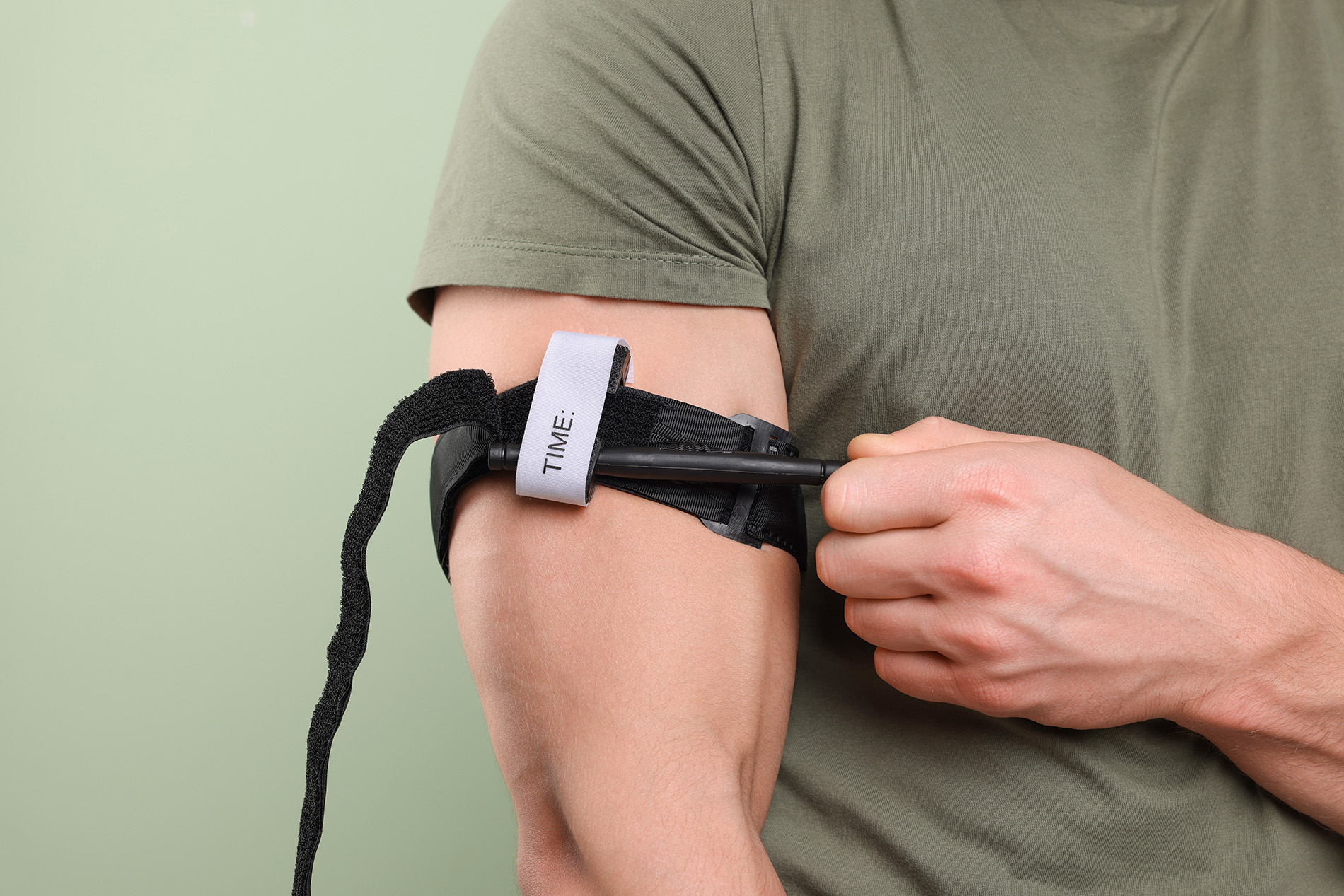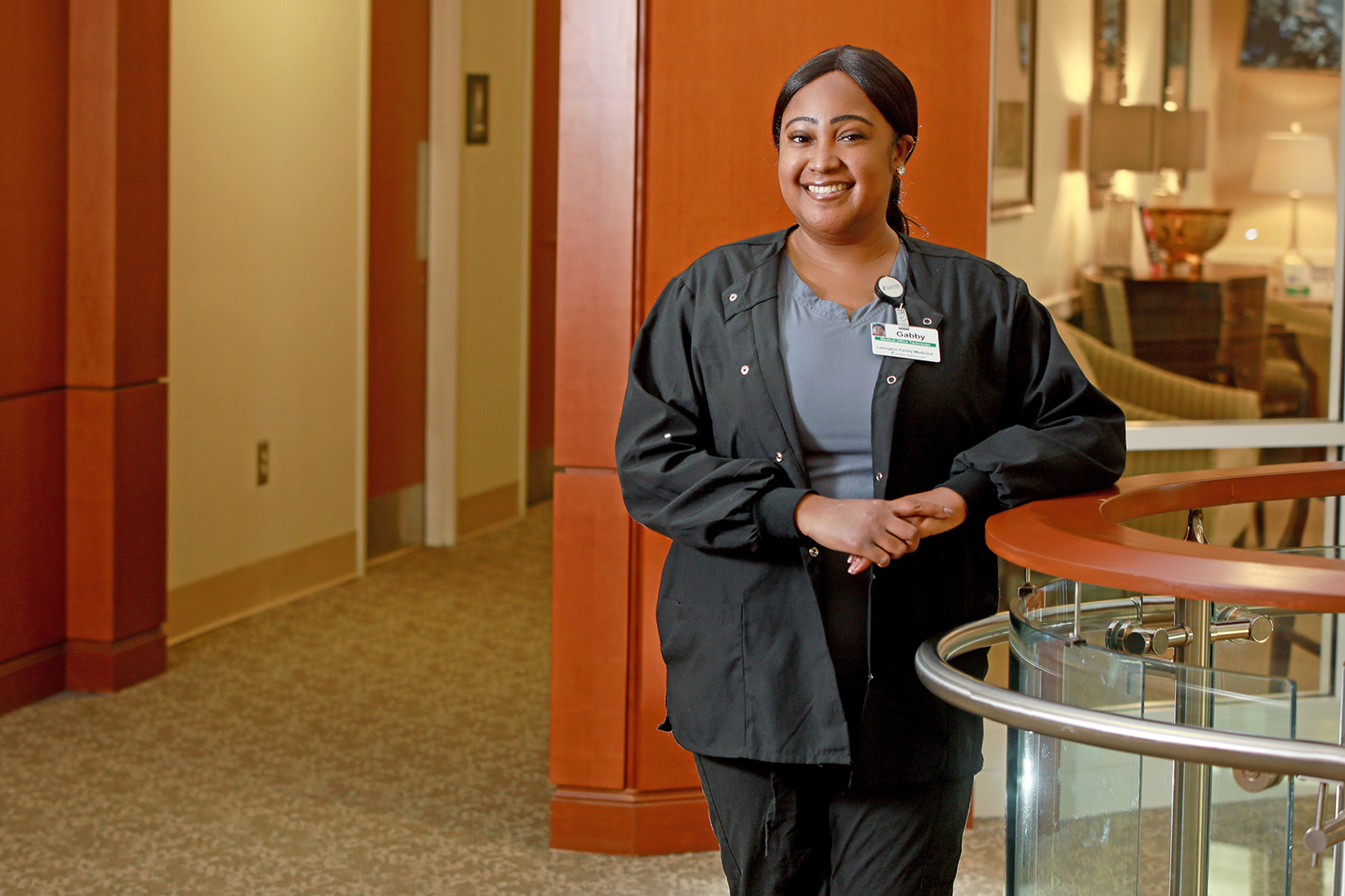Emergencies strike without warning, often in the most unexpected places and times. The ability to administer emergency first aid can be the difference between life and death in these critical moments.
The leading cause of preventable death after injury is bleeding. Someone who is severely bleeding can bleed to death in as little as five minutes. That's why bleeding control—keeping the blood inside the body—is critical. To teach people how to manage severe bleeding, the American College of Surgeons developed STOP THE BLEED® training course after the Sandy Hook Elementary School shooting in 2012 .
The STOP THE BLEED® course is designed to be accessible to everyone in the community who wants to learn how to control life-threatening bleeding. It's a practical and efficient training, with most courses lasting no longer than 90 minutes. The course includes a formal presentation followed by hands-on practice of applying direct pressure, packing a wound, and using a tourniquet to stop bleeding.
In many emergencies, the actions taken in the first few minutes can significantly impact the overall outcome. By learning and properly administering first aid, you can play a crucial role in preventing further injury or complications. This not only empowers individuals and saves lives but also contributes to the resilience of our communities.
As a verified Level III trauma center by the American College of Surgeons and designated by SC DHEC, Lexington Medical Center periodically conducts STOP THE BLEED® training for the community. Contact Angela Melvin, Trauma Program Manager and Manager of Quality Outcomes, at ammelvin@lexhealth.org to learn more. Or, use the Find a Course tool on the STOP THE BLEED® website to find a class near you.






Leave a comment